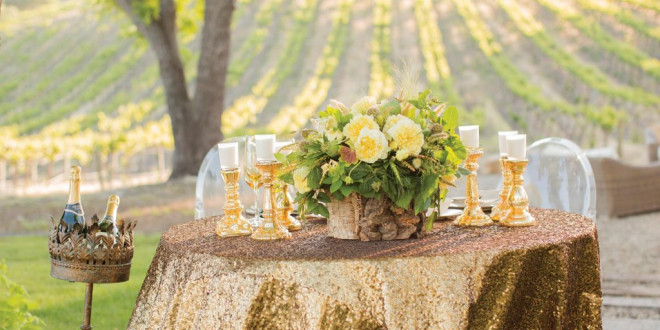[ad_1]
Wedding bands have come a long way from the time of ancient Egyptians, from about 5000 years ago when the idea of the wedding ring had supernatural connotations. Then in Colonial times, when jewelry was considered to be frivolous, couples exchanged thimbles instead, which has me puzzled as to what a man could do with a thimble.
The old Romans considered a woman already married if she accepted a ring from a man, with or without a ceremony. They believed that a vein–vena amoris–went directly to the heart from the finger.
In Medieval England, the ceremony of placing the ring on the bride’s finger became more important than the ring itself. The bridegroom slid the ring on the thumb of the bride’s left hand first, then on the next finger, and last on the third finger, saying: “In the name of the father, the son, and the holy ghost.”
In most countries, the wedding ring is worn on the left hand. Orthodox Christians, Eastern Europeans, Russians, Jews and also in Chile, Venezuela, Germany, and India, however, it is worn on the right hand, since the left side is associated with negative meanings in most cultures and languages. Jewish women wore their rings on their index fingers since the right index finger was the one they pointed to the Torah when they were reading from it.
For many centuries, it was the woman who wore the wedding ring. Only in the twentieth century men have begun to wear rings also. Sometimes people wear their wedding bands on chains from their necks, if their professions make it inconvenient to wear rings on their fingers.
My husband and I have each other’s names and our engagement date engraved inside our wedding bands. This is a European custom, which some couples have adopted here in the United States.
Most traditional wedding bands are made up of gold, but the ring need not be of any one metal. The early Romans opted for iron since it represented strength; later on, iron was replaced with silver and gold. In some cultures that came afterwards where men also wore rings, men’s rings were of gold and women’s were of silver, pointing to the men’s superiority.
There are also Celtic style wedding bands worn by the people of Irish and Scottish family lines. This type of a band is engraved and embossed with a Celtic knot design, pointing to unity, stability, and eternity.
With all these traditions in our world’s past, shopping for a wedding band can become a difficult task. One important factor to remember is that the bride and the groom may want to still be pleased with their rings decades later. Their bands, therefore, not only have to be durable, but also they have to reflect the couple’s connected individual style.
Whether couples choose platinum rings with diamond studs or simple gold bands, they have to shop around for that perfect symbol of their love that will last a lifetime.

